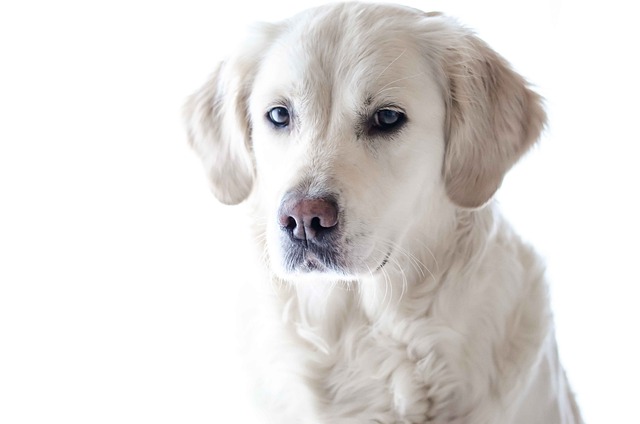
How can I tell if my dog's heatstroke is serious
Let’s be real: It’s a sticky August morning in Los Angeles, and you took your 2-year-old Golden Retriever, Max, for a walk a little later than usual
Finding fur on your morning coffee mug, in your shoe, and even on your work laptop? Welcome to life with a Labrador. These lovable retrievers are notorious shedders, but that doesn't mean you're doomed to a lifetime of lint rollers and fur-covered furniture. Curbing excessive shedding isn't just about keeping your home clean—it's about ensuring your furry friend stays healthy and comfortable.
Regular grooming is your first line of defense. Labradors' double coats require brushing at least three times a week, and daily during peak shedding seasons. Opt for a slicker brush to remove loose undercoat hair without damaging the topcoat. Bathing every 4-6 weeks with a hypoallergenic, moisturizing shampoo helps, too. But be careful not to overdo it; frequent baths strip natural oils, causing more dryness and shedding. Some local animal welfare guidelines even recommend checking grooming product labels for compliance with pet safety standards.
Diet plays a huge role in coat health. A diet rich in omega-3 fatty acids, like those found in fish oil supplements or salmon-based kibble, can reduce inflammation and promote a shiny, less-shedding coat. Look for AAFCO-certified foods that list real meat as the first ingredient. Just remember, changing your dog's diet suddenly can upset their stomach. Gradually mix new food with the old over 7-10 days, following proper pet nutrition practices that keep both your dog and local regulations happy.

Hydration is often overlooked but crucial. Dehydrated skin leads to flakiness and increased shedding. Make sure your Labrador always has access to fresh, clean water. You can even add a splash of low-sodium chicken broth to their water bowl for extra encouragement. It's a small step that can make a big difference, and it aligns with responsible pet care expectations across many regions.
Health issues might be triggering excessive shedding. Allergies, parasites, or hormonal imbalances can cause Labradors to lose more fur than usual. If you notice bald patches, redness, or excessive scratching, it's time for a vet visit. Annual check-ups are mandatory not just for your dog's well-being but also to meet legal requirements in numerous areas. Catching underlying conditions early saves both heartache and hefty vet bills down the line.
Don't forget about environmental factors. Stress from loud noises, new pets, or changes in routine can spike cortisol levels and worsen shedding. Create a calm space with a cozy bed and their favorite toys. Using pheromone diffusers during thunderstorms or fireworks can also help. After all, a relaxed Labrador means less fur flying around your living room.
Taming your Labrador's shedding isn't an overnight fix, but with consistent grooming, proper nutrition, good hydration, health monitoring, and a stress-free environment, you can significantly reduce the fur storm. Because at the end of the day, those wet nose kisses and enthusiastic tail wags are worth every stray hair.

Let’s be real: It’s a sticky August morning in Los Angeles, and you took your 2-year-old Golden Retriever, Max, for a walk a little later than usual

You're enjoying a summer afternoon at the park when you notice your dog has stopped panting and appears disoriented - their gums are bright red

Let’s paint the picture: You’re in your Denver apartment, watching your 4-year-old Boston Terrier, Ruby, plop down mid-play session with her favorite toy

Many dog owners notice their pets nails seem shorter after regular walks,but how much does this daily activity actually help?The answer depends on where you walk—concrete sidewalks or asphalt streets gently file nails as a dog's paws hit the ground

Most dog owners notice their pup scooting across the carpet at some point, but few connect it to impacted anal glands. These small sacs near a dog’s rectum secrete a scent for marking territory

Most vets agree that regular dog teeth cleaning is key to avoiding painful dental issues later. For healthy adult dogs, a professional cleaning at the vet’s office every 12 to 18 months usually works well.